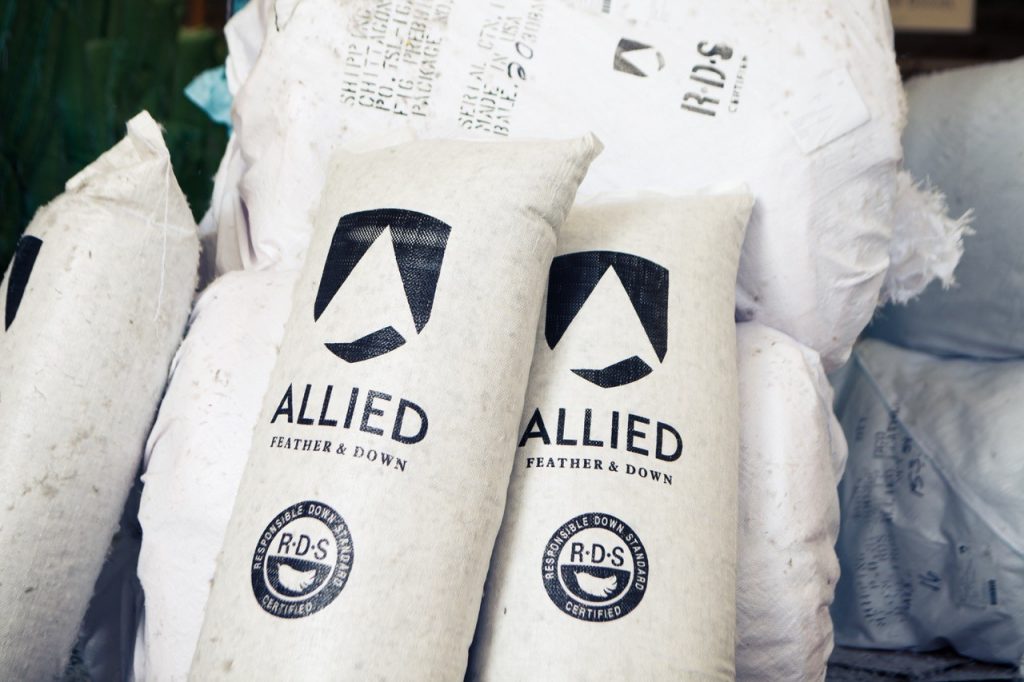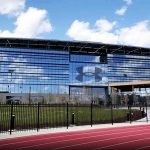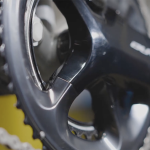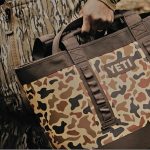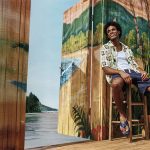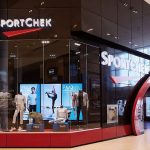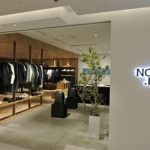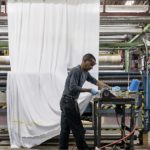Amid the pandemic, with the world still shutting down and retailers unsure about orders, Los Angeles-based Allied Feather + Down is capping off its biggest growth streak in company history. It pressed forward with opening its latest facility in Montreal, Canada, this summer, capping off a period of expansion that included opening new facilities in Vietnam, Myanmar, Czech Republic, and Canada in the past two years. With yet another facility now under construction in North Carolina, it’s all part of a move, said president Daniel Uretsky, of increasing transparency and traceability while decreasing its carbon footprint.
SGB Executive caught up with Uretsky to see what’s up in the world of down.
You opened a new facility in Montreal in the middle of the pandemic. How hard was it to stay the course and on schedule? It was challenging. Its state-of-the-art bedding production machinery is incredibly niche, and the pandemic made it impossible for the Italian technicians that know it to travel to assist in the installation. There were moments the team was on the floor of the warehouse with those technicians in Zoom meetings on an iPad trying to troubleshoot. It’s a minor miracle they were able to get things working and a testament to the quality of locals we had helping get us up and running. Everyone involved is now a full-time employee of Duvet Allied.
That’s four new facilities in two years. Why the growth? We found that by expanding into strategic regions, we can better serve our partners by offering materials from local supply chains with the service and quality needed by the largest brands. This supply chain type can also provide products faster and with less impact on the planet and with the highest levels of traceability. It’s a regional approach to a global supply chain that adds flexibility with an emphasis on localization, and it’s part of the reason we were able to get back up to speed quickly after the shutdown. Not one of our partners saw a supply disruption from our end.
And the new facility in North Carolina will offer the same advantages serving the U.S. market? The North Carolina facility will provide the same state-of-the-art production found in Montreal but will also feature an increased drop-ship program. Servicing our East Coast direct customers from there will cut down on shipping times and environmental impact.
Any other examples of how the expansions have helped your operations? Opening the facility in Kamyk allows us to produce high-quality bedding for the European market while collecting and processing European down. Processing and shipping from the Czech Republic to European manufacturers now reduces the need for down to be collected in Europe, shipped to the U.S., and then shipped either back to Europe or China. Similarly, our down processing facility in Vietnam lets us better serve the Korean and Japanese domestic markets with the same high quality down and shorter lead times. The supplier also uncovered a significant traceable duck down supply chain in the same region to bring more income to local communities.
The Myanmar facility has helped us bring more visibility, transparency and traceability into the textile supply chain while increasing production. Our latest Montreal facility allows us to serve our large Canadian partners and retailers with Canadian-sourced and produced goods.
We were already building the supply chain of the future with our focus on sustainability, transparency and traceability. We are simply doubling down on that effort for the sake of our company’s future, those companies that rely on us, and those local communities we are a part of. Working with local supply chains and production on three continents allows us to pivot so even in the time of crisis, our partners can rest assured knowing that not only will there be no disruptions, but we will be there for those in need to do our part to make a safer, more inclusive and generally better planet.
And these new facilities all help decrease your environmental footprint? Before the pandemic, as partners, retail and direct-to-consumer bedding demand expanded, we looked closely at our global footprint and how expansion could decrease overall carbon emissions. It’s no secret that down, as sustainable as it is, gets shipped around the globe for processing and production. We wanted to look at how we could reduce these transit times as part of our overall carbon reduction initiative. This led us to open several new facilities worldwide, cementing facilities in Kamyk, Czech Republic, Vietnam, Myanmar, Montreal, and the building in North Carolina.
We were doing this even before the pandemic as part of our sustainability initiative, but sustainability will need to be considered more from a systemic perspective rather than just as a marketing buzzword. Recycled down versus virgin traceable material is an example. Holistically, traceable virgin down is also part of a large circular economy as we’re just repurposing waste from the food industry. Recycled down is an excellent product with a niche sustainability advantage because it helps get textiles out of landfills, but it’s no more or less “sustainable” than virgin down. It takes the same amount of processing and has more impact on the environment from the collection than the poultry supply chain does. Consumers are now more interested in a product’s sustainability not just from a materials perspective, but this more holistic and systemic perspective. How was it made, labor, overall chemical management? These are all now part of the equation. It’s no longer enough to say that a part of your product’s materials is “recycled” and throw your hands in the air to claim “sustainability.” These are the depth of the stories consumers will be expecting.
Do you see this as a play for the future also? As a global company with regional down sourcing and processing capabilities, investing in new facilities while others are scaling back positions us to weather a wide range of supply chain disruptions, including the current pandemic and other potentially devastating future viruses. As climate change impacts extreme weather events, we see the current pandemic as a potential beacon for things to come.
You have supply chain viruses to deal with; how often does bird flu affect your operations? We’re increasingly having to deal with significant bird flu outbreaks and feel that these types of massive viral outbreaks may be part of a new normal. Setting up our supply chain with diversity from our expansion positions us to continue to supply all our partners with the sustainable insulation they need even in the event one or two regions have to cull entire flocks, or countries get locked down.
Any estimates on how much you’ve reduced your carbon footprint via these expansions? We are looking to quantify that more precisely in the coming months. It will depend on exactly how we can scale up with our partners, and now with the pandemic continuing, everything seems a bit unknown still. The other advantage we have in these new locations is helping regenerate local communities. The North Carolina facility is in a reasonably rural neighborhood, and our presence there will help boost the local economy. In Montreal, we’re almost exclusively hiring local management teams, and in Europe and Vietnam, it’s helped increase transparency and traceability into an even larger supply chain. And part of that transparency allows us to work toward cleaning water supplies. Many things are behind the decision to open each one of these facilities.
What’s next after North Carolina? What’s next is to get through the craziness that the pandemic is causing. It’s now about looking at and rethinking product lines for both retail and hospitality bedding. The need for bedding in the retail landscape and travelers has changed dramatically in the last year.
What’s the latest news in the world of down? Down had started to have another renaissance before the pandemic, and we see increased interest in it for outdoor and apparel. The fact that it is considered the most sustainable and highest-performing insulation that’s all-natural, has a fraction of the carbon footprint of a recycled synthetic and can be recycled puts it, ironically, in a category of the future of insulation. We tell people it’s like the Occam’s razor principle — sometimes, the answer is the one that is the simplest.
That said, we are finding ways to increase its performance in extreme use and even stretch the range of warmth with things like a new take on water-resistant down treatments, our new ThermaDownO2+ infrared active down and new higher-performing recycled down. And for bedding, increased awareness of safe and clean products, particularly for the hospitality industry, is becoming more critical. We’re developing new partnerships with technology firms for innovative and sustainable approaches to bacteria, microbial and viral resistance. All of our down is already hypoallergenic, but now we need to make sure the down going into luxury hotel bedding can remain bacteria free and the like.
Photo courtesy Allied Feather + Down

